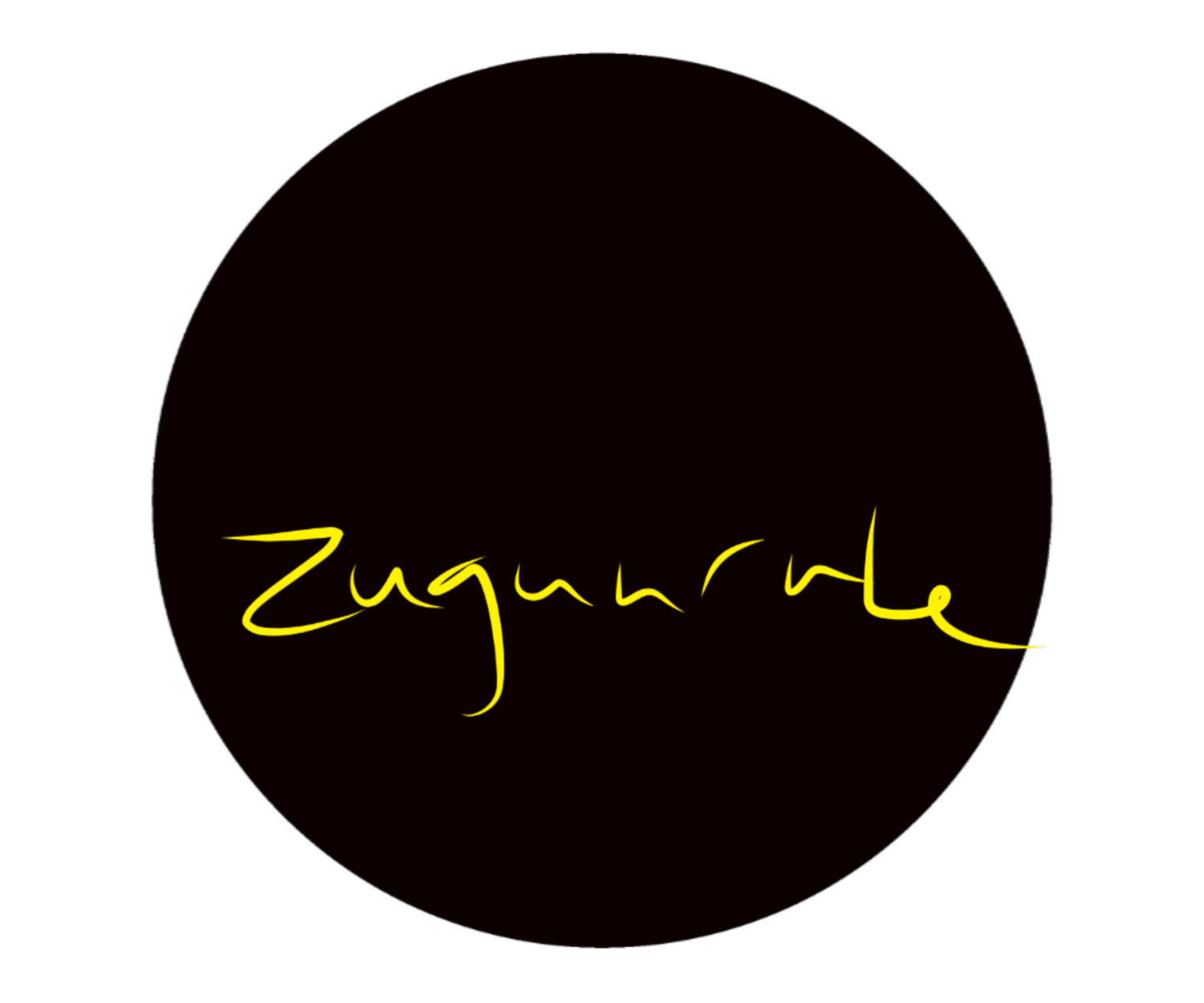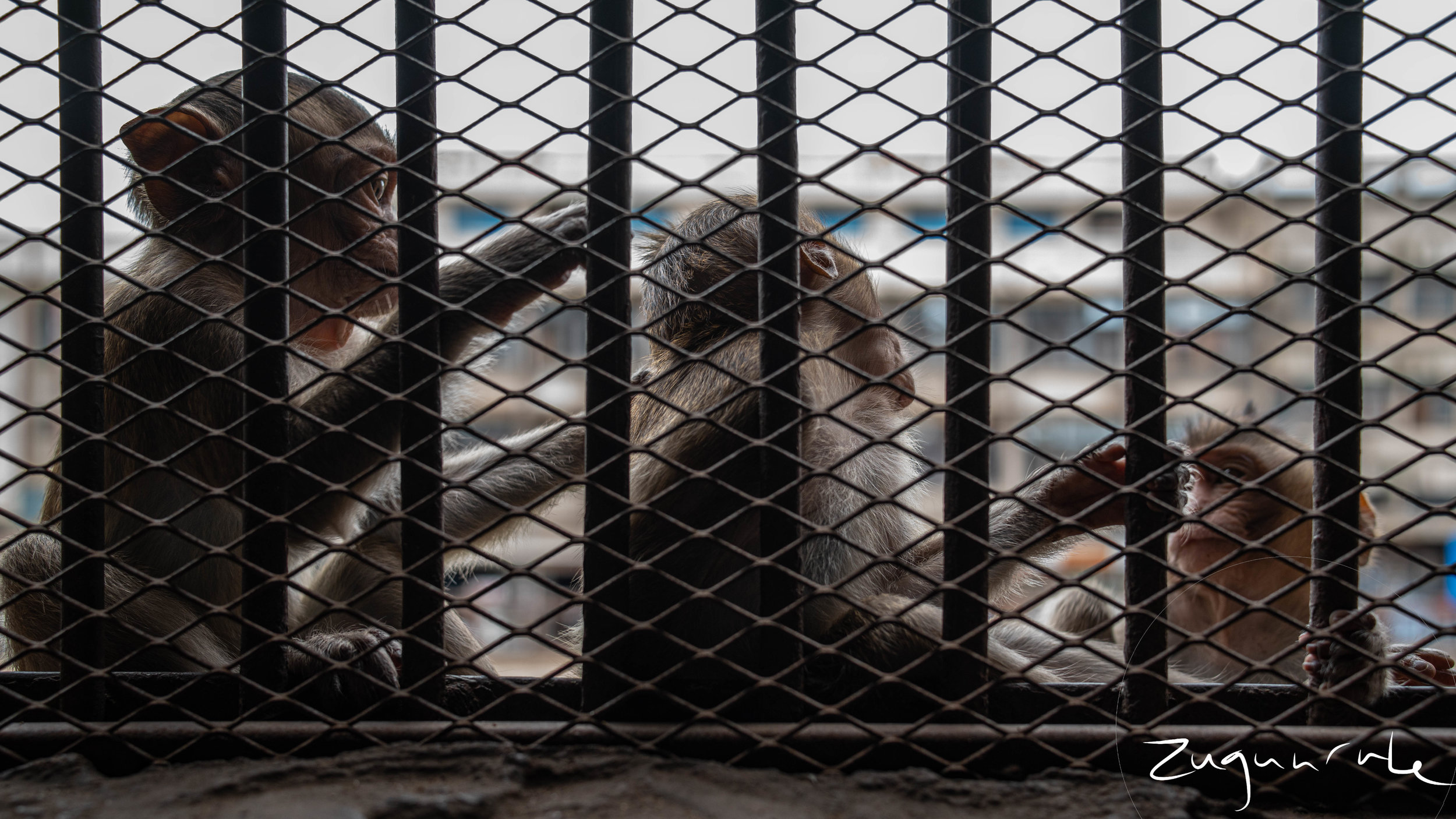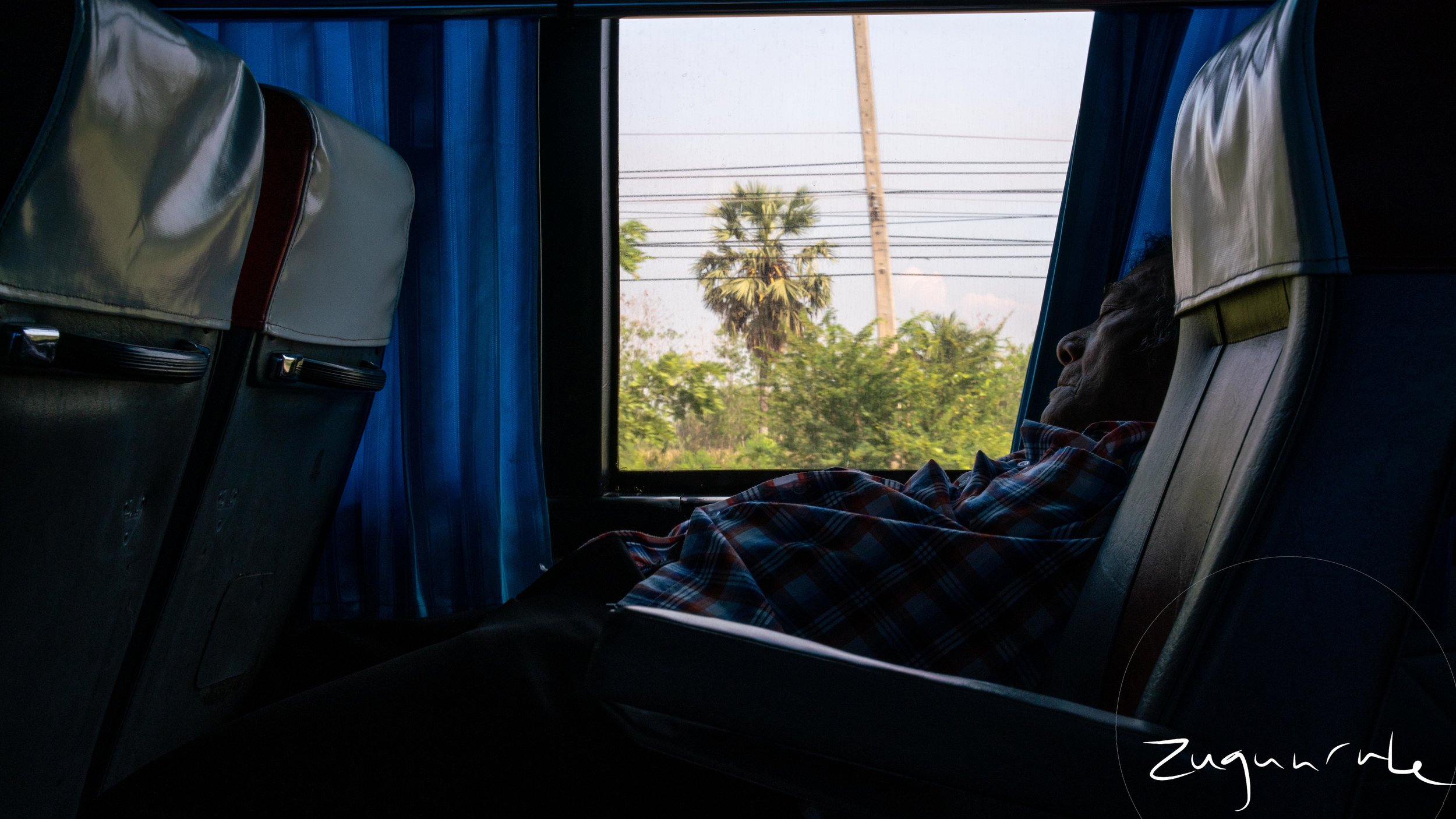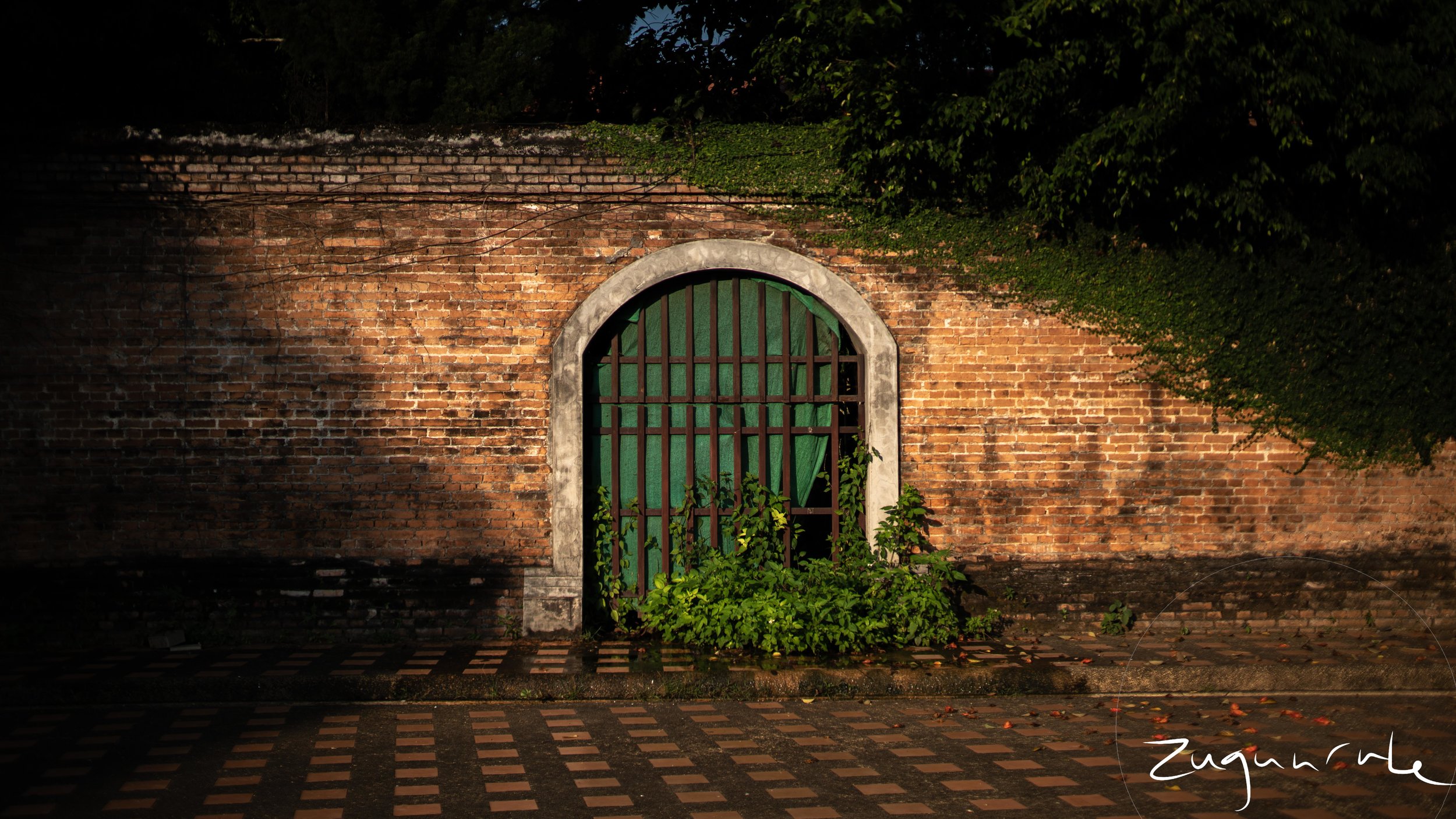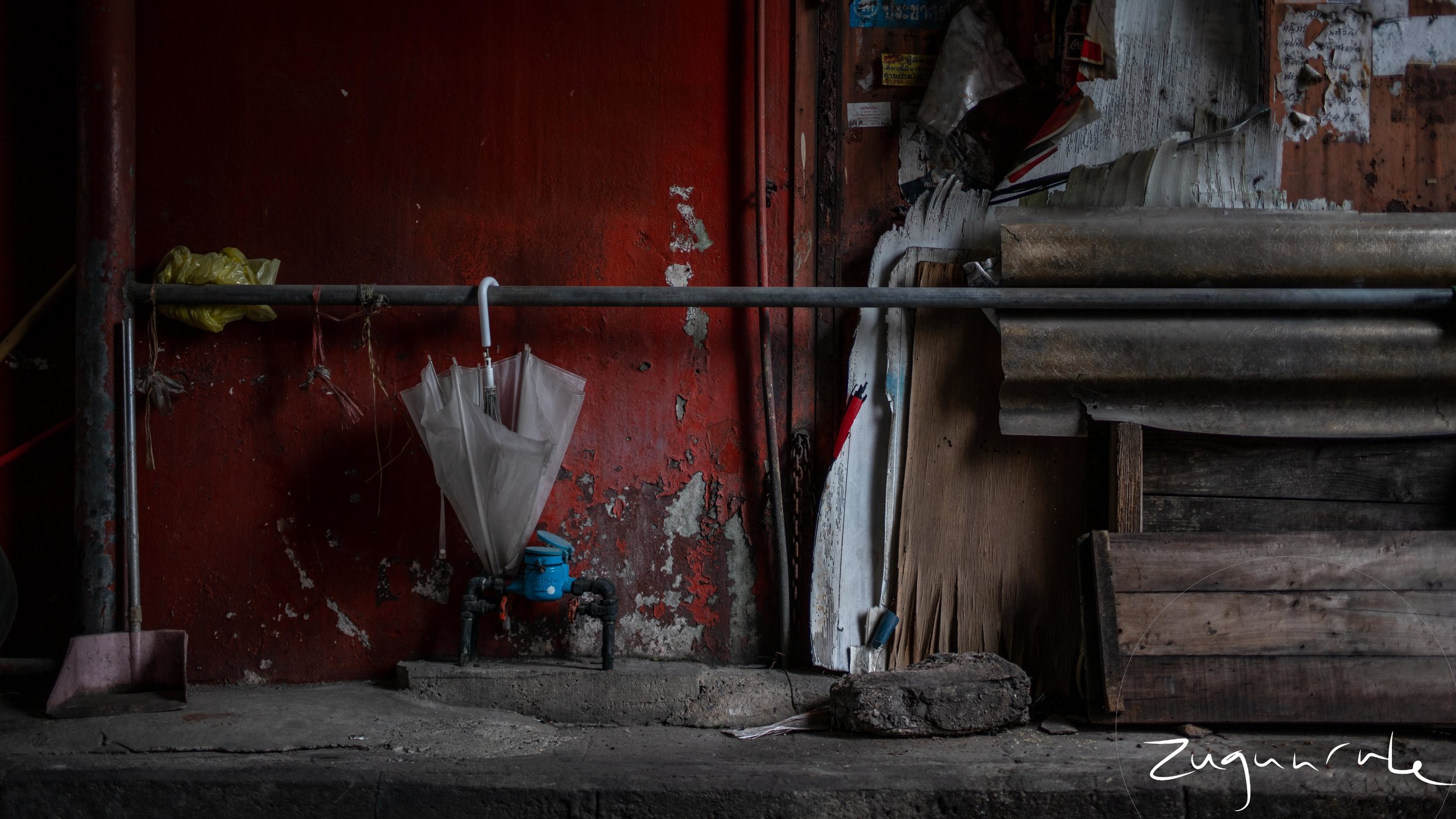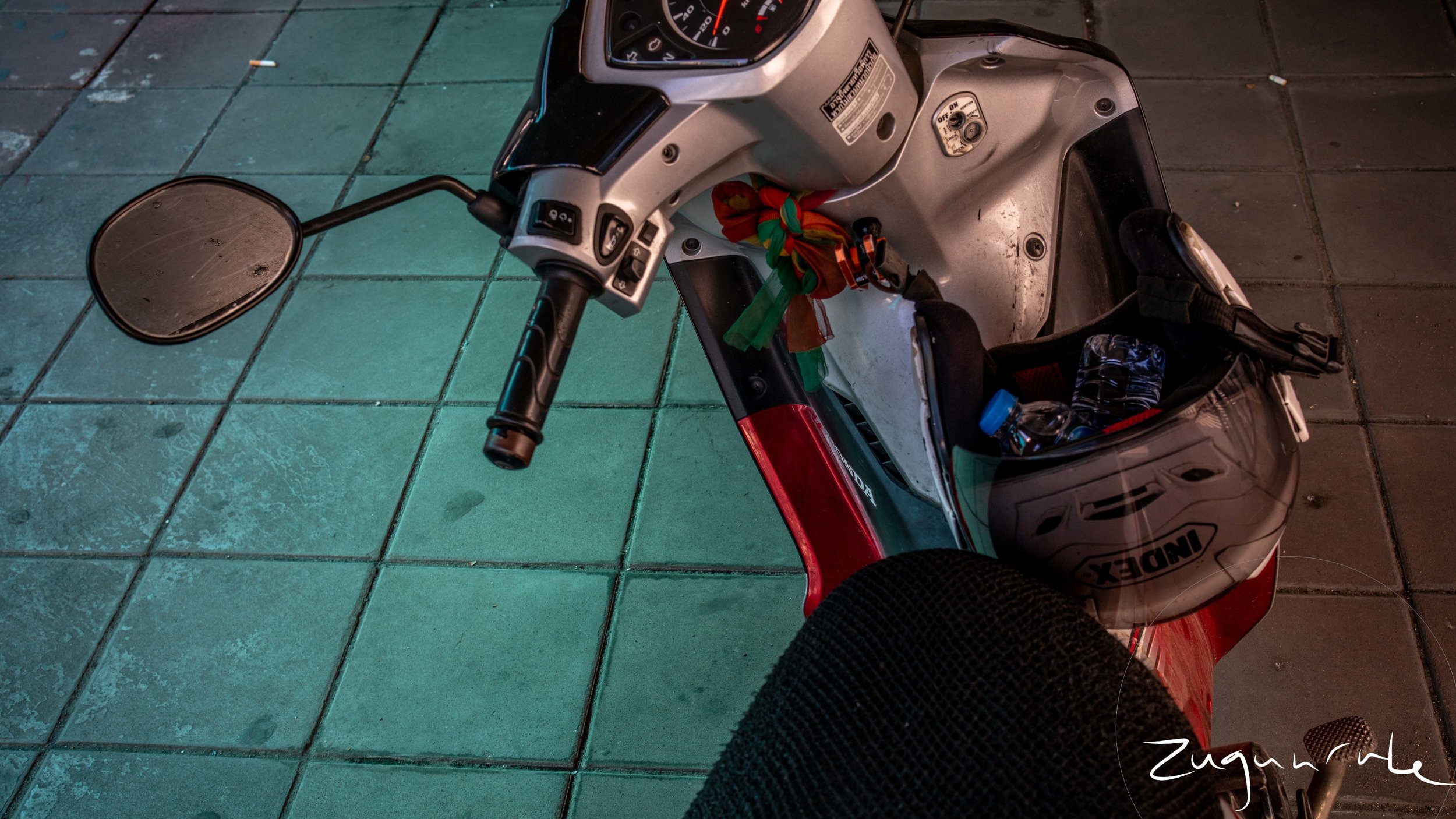The monkeys of Lopburi menacingly lurking, the history of Ayutthuya, the overcrowded markets, and the terror and beauty of Hellfire Pass. The middle of Thailand is a busy and varied.
Lopburi is pure monkey anarchy that is partially tamed by the two scheduled feedings everyday that quell the casual theft and battery the monkeys are prone to. Ayutthuya was the seat of Siam before the Burmese army rendered it obsolete in the 18th century. The terror of what happened to the Allied prisoners of war at Hellfire Pass is felt through the silence allowed now that the area is a protected park.
The markets a few hours outside of Bangkok are a clusterfuck of annoying tourists. Arriving early is key as by 10-11am Damnoen Saduak is a traffic jam. Though, an hour earlier it’s a peaceful walk through vendors setting up shop and the wonderful smells of noodles and chopped fruit. The railway market at Maeklong is overrun by GoPro strapped onlookers waiting for the train to pass through, while their litter is thoughtlessly piled at the end of the shops. Just up the road from Maeklong is the gem of Amphawa. The canal is wide enough to accompany tourists on boats, ample room on the side streets, plus there’s a sweet upcycle shop that had a St Edward’s shirt prominently on display.
